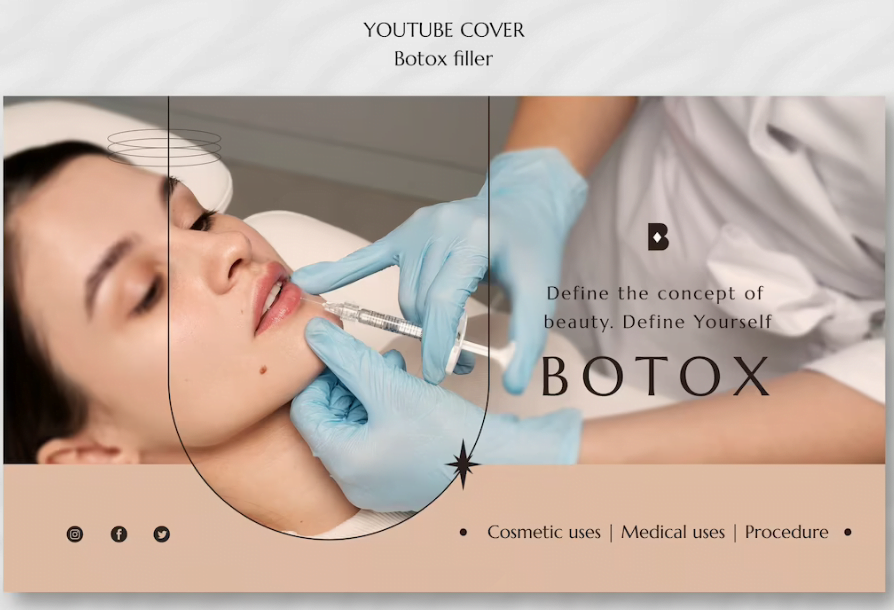Botox and Dysport are both popular non-surgical cosmetic treatments that can effectively reduce the appearance of wrinkles and fine lines. While they are similar in many ways, there are some differences between the two. In this article, we’ll explore the characteristics of Botox and Dysport, their uses, and the key distinctions that set them apart.
Understanding Botox
Botox is a brand name for a neurotoxin called botulinum toxin type A. It is derived from the bacterium Clostridium botulinum. Botox has been used for decades to temporarily paralyze or weaken muscles, resulting in the reduction of wrinkles and fine lines on the face.
How Botox Works
When injected into specific muscles, Botox blocks nerve signals that cause muscle contractions. This temporary relaxation of the muscles smoothens out the overlying skin, reducing the appearance of wrinkles. Botox primarily targets dynamic wrinkles, which are caused by repetitive facial movements.
Common Uses of Botox
Botox is commonly used to treat:
- Forehead lines and wrinkles.
- Frown lines (vertical lines between the eyebrows).
- Crow’s feet (lines around the corners of the eyes).
- Bunny lines (lines on the sides of the nose).
- Chin dimpling.
Understanding Dysport
Dysport is another brand name for botulinum toxin type A. Like Botox, Dysport is used to temporarily improve the appearance of wrinkles and fine lines. It contains the same active ingredient but has some differences in formulation and properties.
How Dysport Works
Similar to Botox, Dysport works by blocking nerve signals to the muscles, reducing muscle contractions and smoothing out wrinkles. It is also targeted at dynamic wrinkles caused by repetitive facial movements.
Common Uses of Dysport
Dysport is commonly used for the same purposes as Botox, including the treatment of forehead lines, frown lines, crow’s feet, bunny lines, and chin dimpling.
Comparison: Botox vs. Dysport
While Botox and Dysport are similar in many ways, there are some notable differences to consider:
1. Formulation and Potency
The formulations of Botox and Dysport vary slightly, which can result in differences in potency. Dysport molecules are smaller, allowing for more spread after injection. This can make Dysport effective for treating larger areas or areas with thinner muscles.
2. Onset and Duration
Dysport typically has a faster onset of action compared to Botox, with results becoming noticeable within a few days. Botox may take a bit longer to show results, usually within a week. The duration of the effects can vary, but both treatments generally last for three to four months.
3. Spread and Diffusion
Due to its smaller molecules and greater spread, Dysport may have a wider diffusion compared to Botox. This can be advantageous when treating larger areas, but careful administration is necessary to avoid unintended muscle relaxation.
4. Dosage and Units
The dosage and unit measurements for Botox and Dysport are not interchangeable. The units required for each treatment can vary, and it’s important to follow the specific recommendations provided by the healthcare professional administering the treatment.
5. Cost
The cost of Botox and Dysport can vary depending on factors such as location and provider. In some cases, Dysport may be slightly less expensive than Botox, but the pricing can differ.
Conclusion
Botox and Dysport are both effective treatments for reducing wrinkles and fine lines, with slight variations in formulation, onset, spread, and dosage. Choosing between the two should be based on individual preferences and the recommendations of a qualified healthcare professional. Consult with a dermatologist or cosmetic specialist to determine which treatment is most suitable for your specific needs and desired outcomes.

